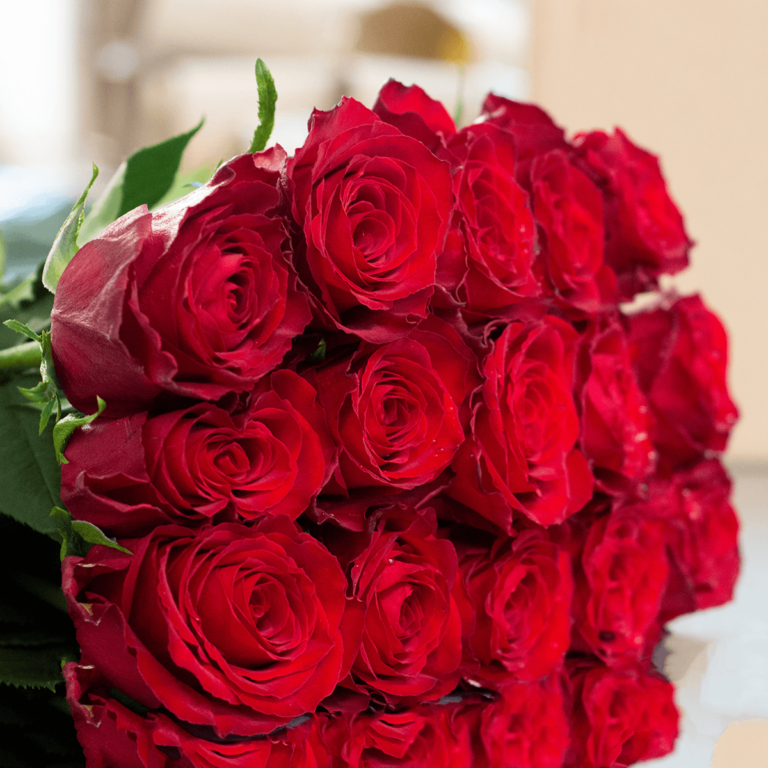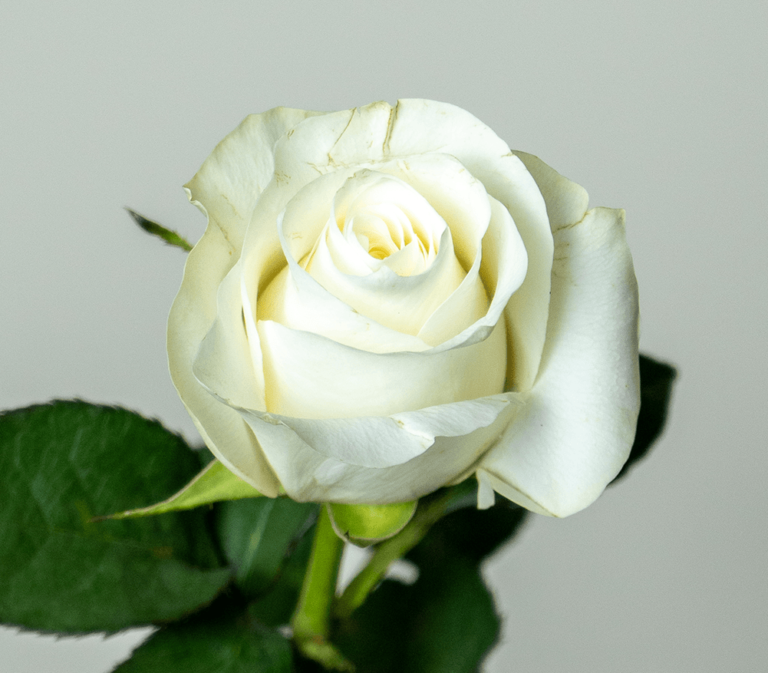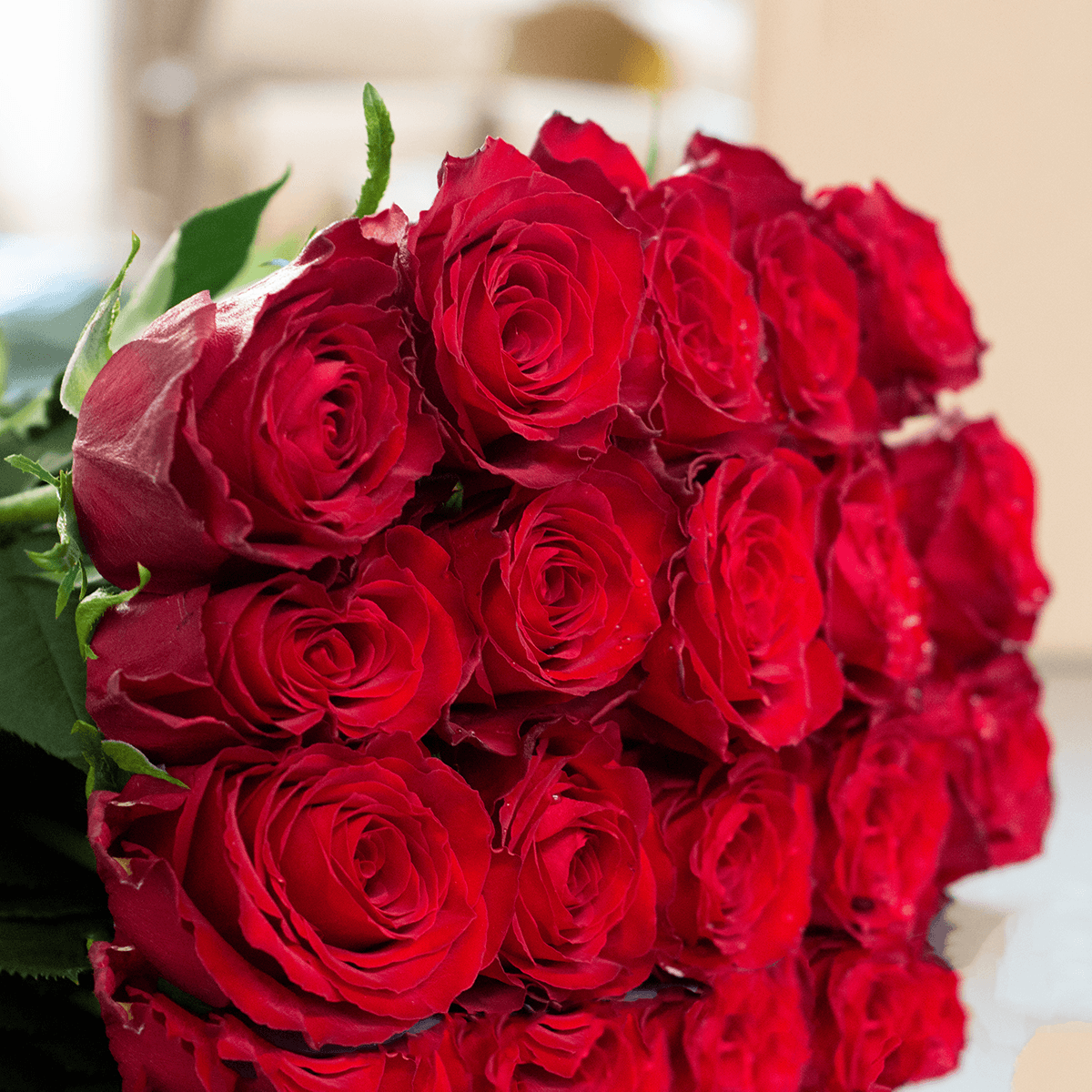Roses, with their timeless beauty and intoxicating fragrance, have not only captured the hearts and minds of artists and writers throughout history but have also whispered the sweetest verses of romance. Whether used as a symbol of love, beauty, or the deepest passions of the heart, roses have inspired countless masterpieces in both the world of art and literature, weaving a tapestry of love, desire, and everlasting devotion.
Roses in Visual Art: A Feast for the Heart’s Eyes.
The Birth of Venus by Sandro Botticelli, The Roses of Heliogabalus by Sir Lawrence Alma-Tadema, and Still Life with Roses by Vincent van Gogh are more than mere paintings; they are love letters to the exquisite form and vibrant colors of roses. These artists, driven by the flames of love, have used roses as the radiant embodiment of beauty, sensuality, and undying adoration.

The Language of Roses in Art: A Symphony of Love
In the romantic Victorian era, the language of flowers, also known as “floriography,” bloomed like a secret garden of love. Roses, with their diverse colors, became the love notes whispered from one heart to another:
– Red Roses: They whispered the secret words of deep love and the burning passion that knows no end.
– White Roses: These pure blossoms symbolized the innocence of love, an untouched page in the book of desire.
– Yellow Roses: The laughter of friendship and the joy of companionship danced within their golden petals.
– Pink Roses: These were the tender pages of gratitude and admiration, bound in a bouquet of affection.
Artists of the time wove this symbolic language into their masterpieces, composing bouquets and arrangements of roses to express the deepest sentiments of love and devotion, adding an extra layer of meaning to their art.
Roses in Religious Art: The Divine Connection of Love
Roses have played a divine role in religious art, transcending the boundaries of faith. In Christian iconography, the rose has often been associated with the Virgin Mary. Her purity, grace, and spiritual significance mirror the radiant beauty and fragrance of the rose. The term “rosary,” meaning “rose garden,” signifies devotion, prayer, and a garden of love in honor of the divine feminine
In Hindu art, the rose is the bloom of divine love and beauty, a fragrant offering to gods. The sweet scent and vivid hues of roses sing the love song of the heart, adorning temples and home altars with devotion.

Roses in Literature: Poetry of the Heart
Roses have also been the ink and parchment of poets, transforming the silent language of the heart into verses that echo through time. From the quills of classical poets to the keyboards of modern novelists, roses have been a brush dipped in love, painting on the canvas of literature.
Classical Poetry: Roses as Love’s Embrace
In the classic poetry of William Shakespeare and John Keats, roses were the metaphor of love, an embodiment of love’s essence. In “Romeo and Juliet,” Shakespeare whispered, “A rose by any other name would smell as sweet,” reminding us that love knows no name but the name of love itself.
Keats, in his “Ode to a Nightingale,” wove the delicate petals of the rose into a garland of immortal beauty. He mused upon the rose, which “is an unfading beauty, for it ‘stays,’ and the passionate heart does not grow old.”
Romantic Literature: Roses as Symbols of Desire
In the 19th century, the romantic movement celebrated love’s depth and intensity. Roses took center stage as symbols of love and passion. Nathaniel Hawthorne’s The Scarlet Letter painted a canvas of passion with the scarlet letter “A” imbued with the red rose’s hue, signifying desire in the tangled web of love.
Victor Hugo, in the tapestry of his words, wove white roses to symbolize the purity of Cosette, a radiant character in “Les Misérables.” White roses bloomed in her name, a tender declaration of love.

Modern Literature: Roses as Eternal Love
In contemporary literature, roses continue to be the verses of love, painted upon the canvases of our hearts. Margaret Atwood’s “The Handmaid’s Tale” tells of love entangled with adversity and the complexities of life, with roses casting their fragrance of desire amid thorns of hardship.
Toni Morrison’s “Beloved” carries the image of the “chokecherry tree,” a symbol of love and memory, with roses nearby, representing both the painful history and the hope of love’s return.
Conclusion: Roses as Love’s Eternal Flame
From classical poetry to modern literature, from religious devotion to passionate symbolism, roses have been an enduring source of inspiration for artists and writers alike. The allure of roses, their vibrant colors, and intoxicating fragrance have ignited the fires of love and inspired us to pen verses of desire, longing, and unending devotion.
Roses have symbolized love, beauty, and passion in the pages of human history, but they have also represented the complexity of life, much like the thorns and petals of the rose itself. As we journey through the timeless verses of love, we can be sure that roses will remain the eternal sure that roses will remain the eternal muse for lovers, artists, and poets alike.
So, the next time you encounter a rose or read a poem that whispers of its beauty, remember that you are stepping into a world of timeless romance, where the fragrance of love blooms forever in the petals of this cherished flower.



Wow! I love it! Nice pieces of writings about roses put together.
Thanks for sharing your thoughts. I truly appreciate your efforts and I am
waiting for your next post thank you once again.
Having read this I believed it was very informative.
I appreciate you taking the time and energy to put this informatio together.
I once again find myself spending a lot of time both readihg and leaving comments.
But so what, it was still worthwhile!